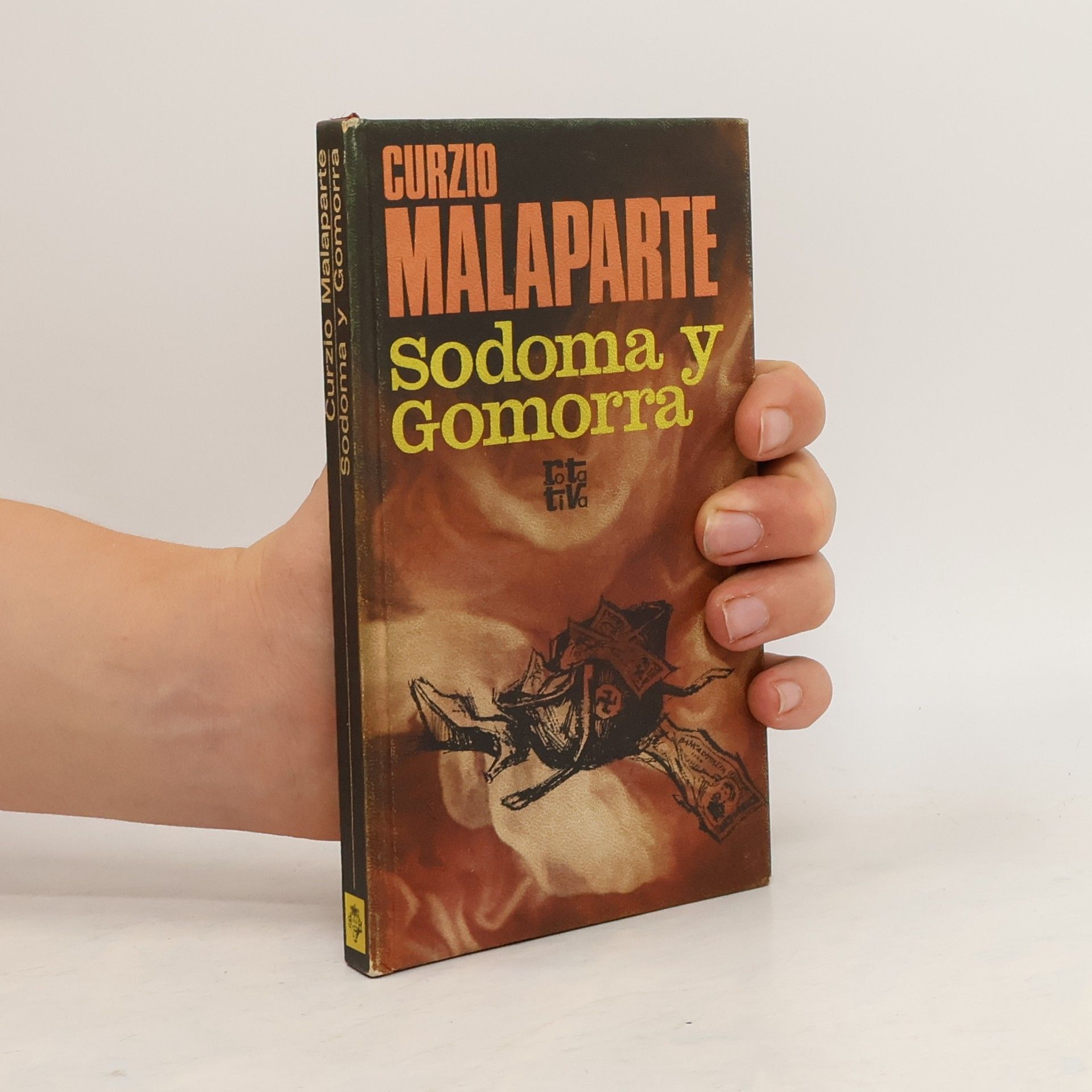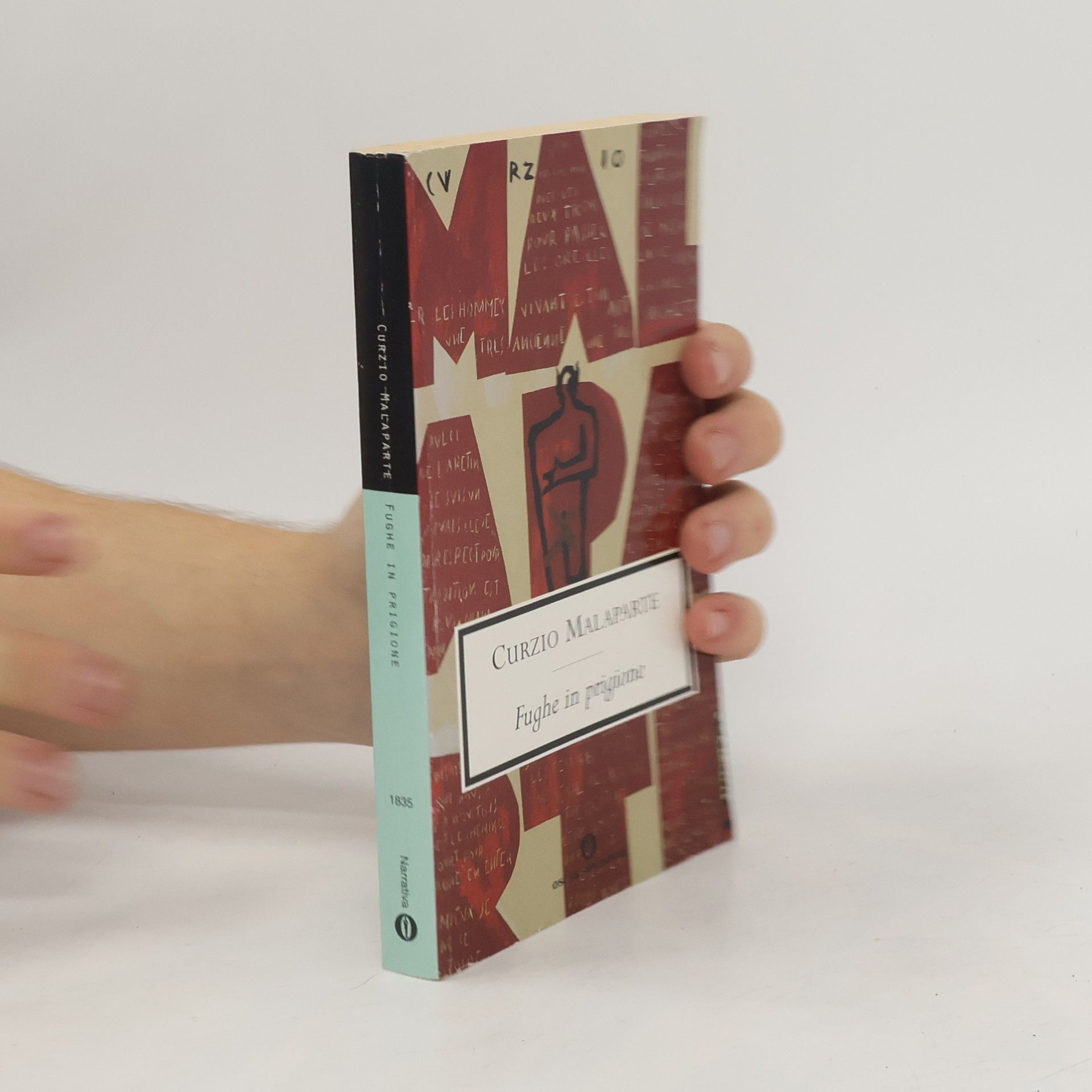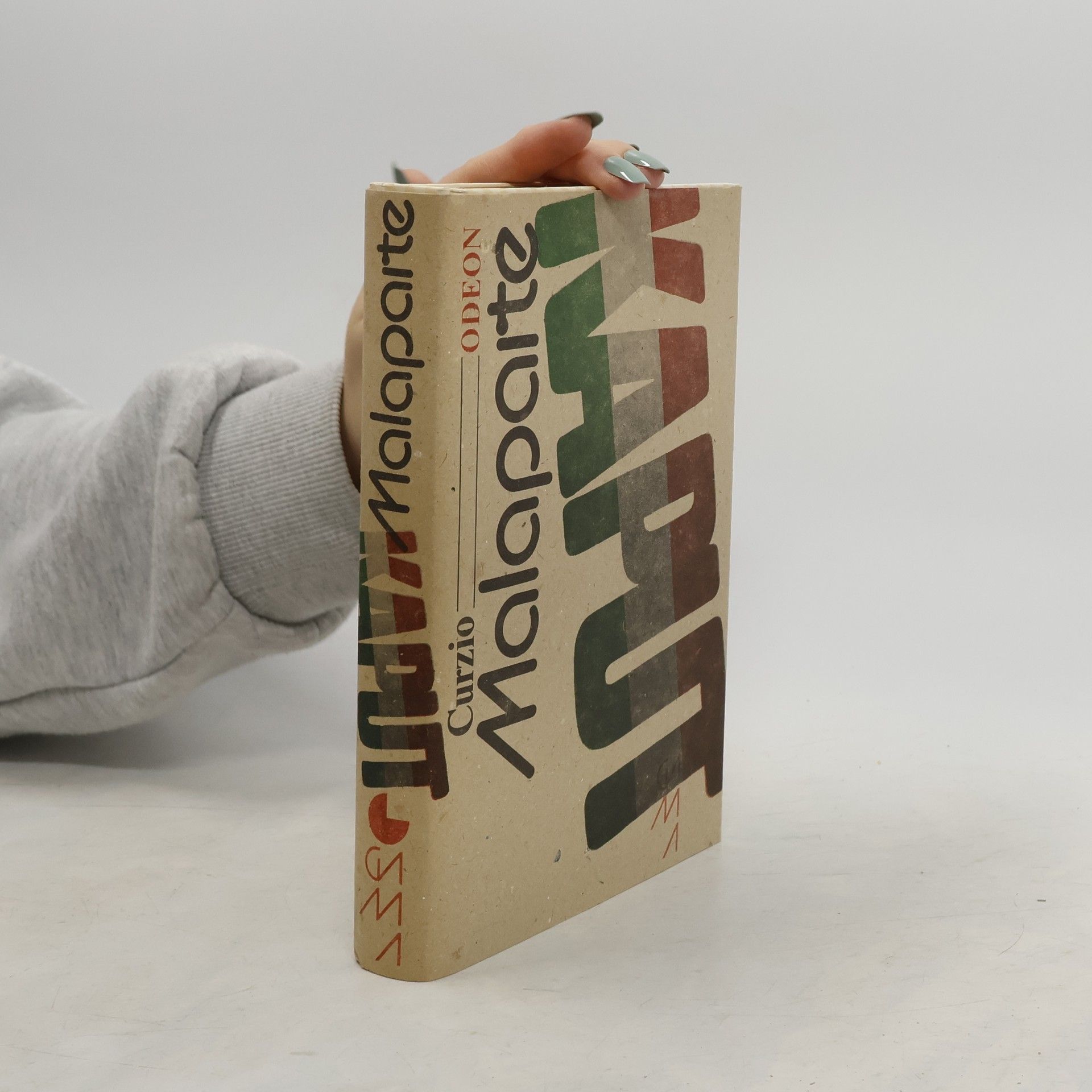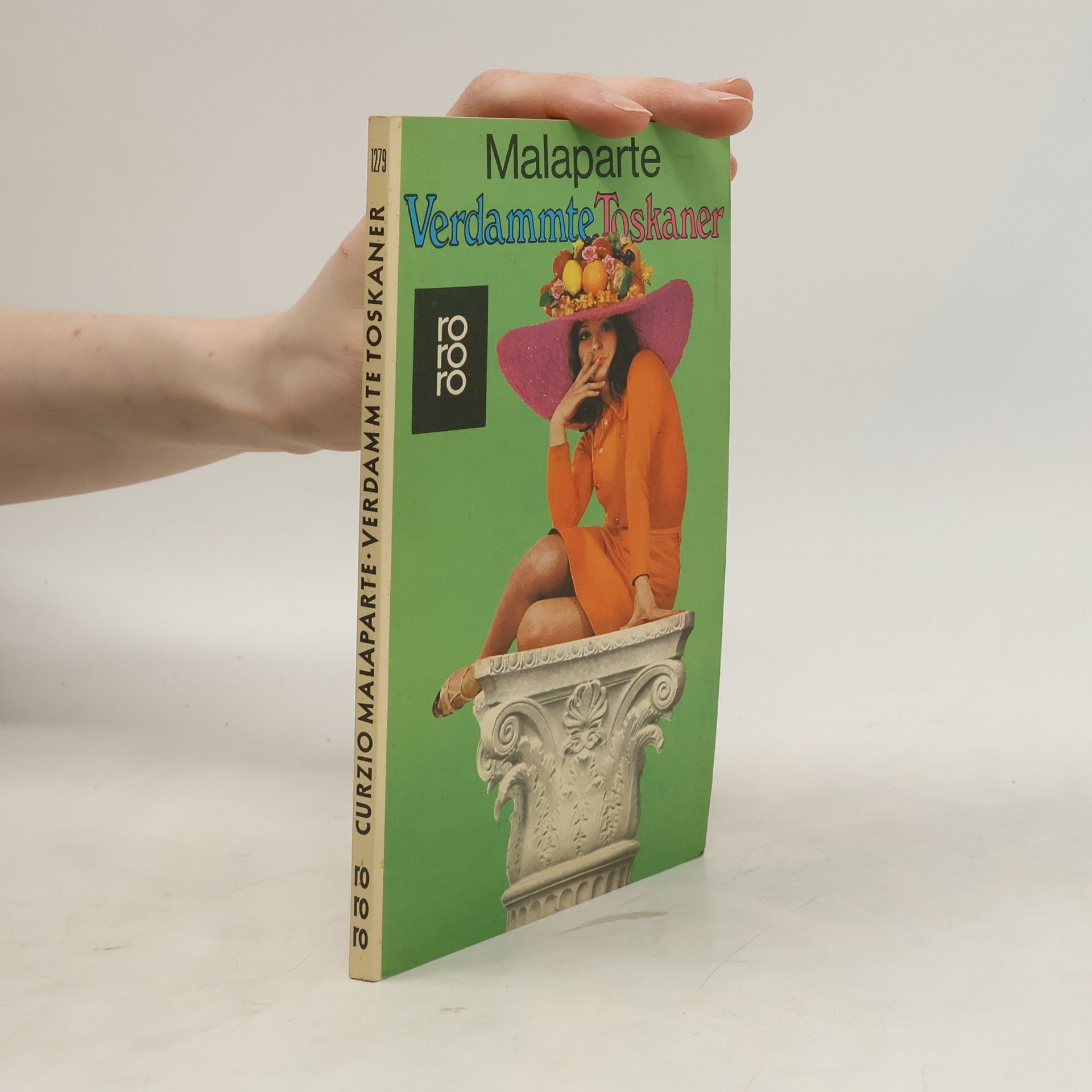Kaputt
- 544 páginas
- 20 horas de lectura
Coincidiendo con el inicio de la ofensiva alemana contra Rusia, Curzio Malaparte empezó a escribir Kaputt, obra con la que pretendía recoger el testimonio de su experiencia como corresponsal de guerra durante la Segunda Guerra Mundial. Malaparte recorre la Europa ocupada por los nazis como si fuera un espía: presencia la triste impotencia del príncipe Eugenio de Suecia, se ve obligado a sobrellevar la arrogancia de los líderes nazis delegados en Varsovia y es testigo de la crudeza de los parajes de la fría Carelia o de la noble ciudad de Iasi, desolados por la barbarie y el hambre que convirtieron Europa en un montón de chatarra. Con Kaputt -palabra germánica que evoca lo roto, lo hecho añicos, y que deviene un fiel calificativo de lo que quedó de un continente devastado por un lustro de destrucción- Malaparte teje una sobrecogedora obra literaria sobre la realidad, a un tiempo salvaje y grotesca, de la guerra en el frente. Galaxia Gutenberg presenta en una nueva traducción la versión íntegra de uno de los más fascinantes documentos sobre la guerra que haya alumbrado el siglo xx, poniendo así punto y final a una compleja peripecia editorial que se ha dilatado en el tiempo desde que se publicó por vez primera en 1944.








